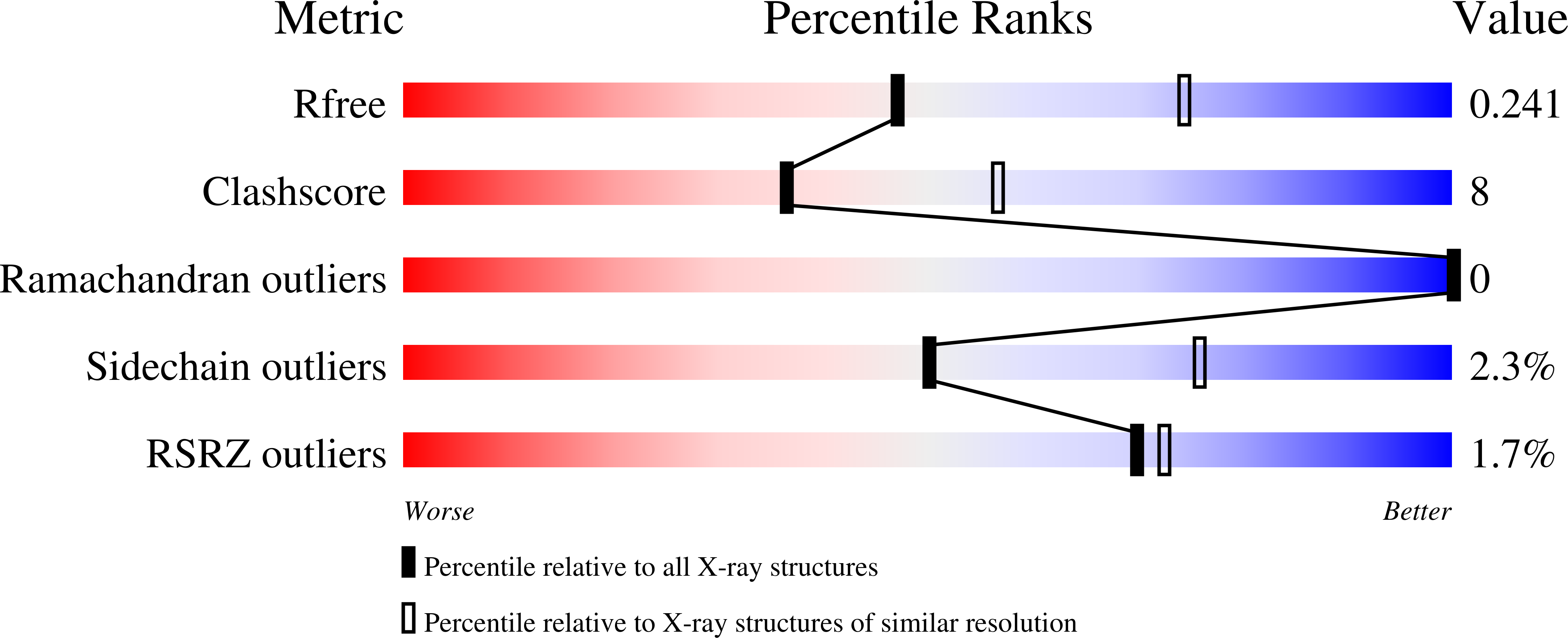
Deposition Date
2020-09-25
Release Date
2020-10-14
Last Version Date
2024-10-30
Entry Detail
PDB ID:
7K84
Keywords:
Title:
Crystal structure of BoNT/E LC-HN domain in complex with VHH JLE-E5
Biological Source:
Source Organism:
Clostridium botulinum (Taxon ID: 1491)
Vicugna pacos (Taxon ID: 30538)
Vicugna pacos (Taxon ID: 30538)
Host Organism:
Method Details:
Experimental Method:
Resolution:
2.50 Å
R-Value Free:
0.24
R-Value Work:
0.22
R-Value Observed:
0.22
Space Group:
P 1 2 1


